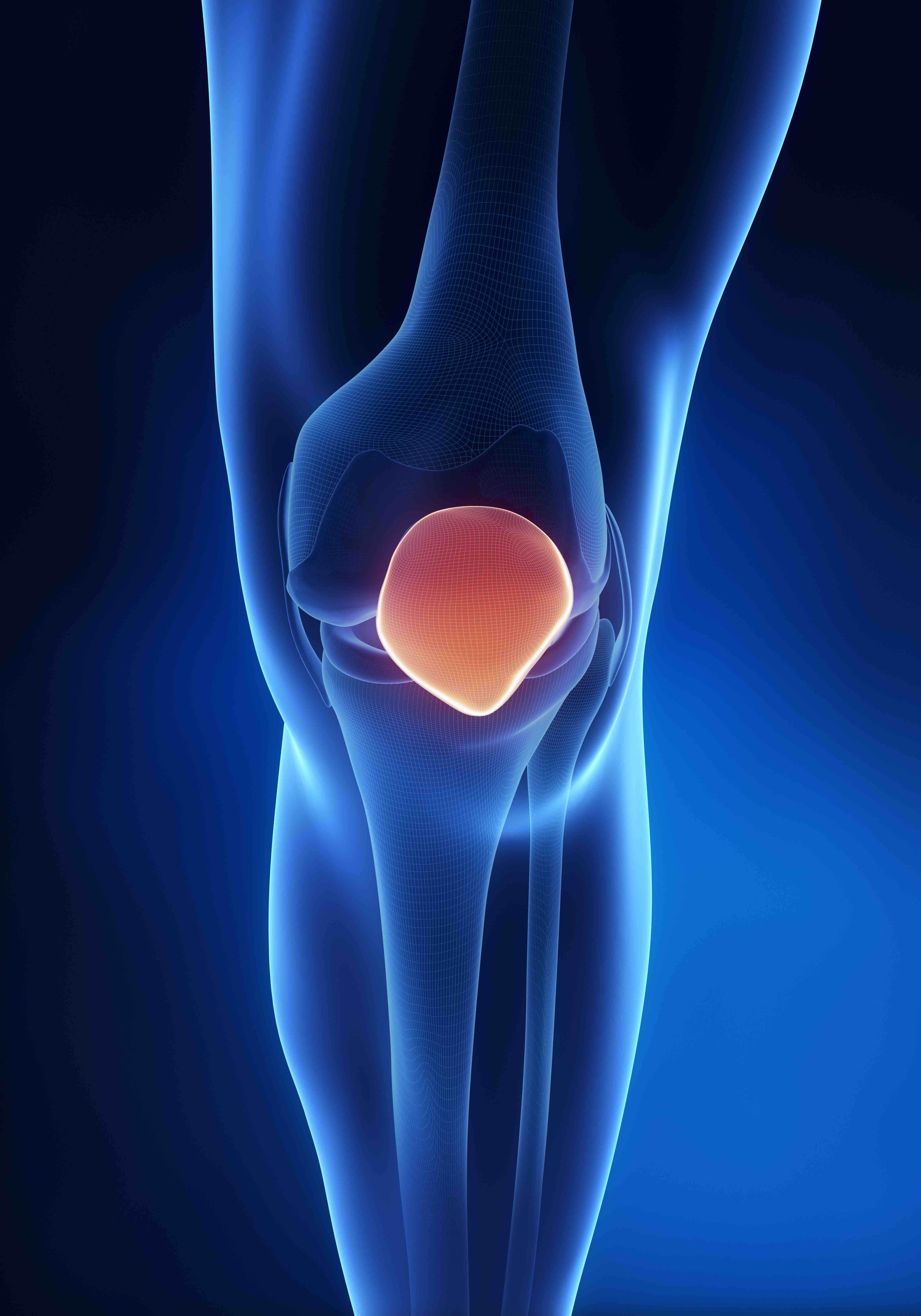Osgood-Schlatter Disease

Osgood-Schlatter Disease is a very common ailment seen in adolescents active in athletics, commonly affecting those experiencing a growth spurt during puberty. For this reason, it often affects females age 10-13 and males age 12-14. Osgood-Schlatter Disease results from the inflammation of the area just below the knee, the attachment site of the patellar tendon on the tibia.
What is Osgood-Schlatter Disease?
In growing children, bones have an area towards the ends made of cartilage called “growth plates”. When children grow, these cartilaginous areas turn into solid bone once they reach their final height. Depending on their locations, some growth plates double as attachment sites for tendons. Osgood-Schlatter Disease occurs at the attachment site of the quadriceps muscles and tibial tubercle. The tibia tubercle is a bony bump that covers the growth plate at the end of the tibia. When running or jumping, the quadriceps pull on the patellar tendon, resulting in a pull on the tibial tubercle. In some active children, this repeated action causes inflammation of the growth plate, resulting in a large painful bump below the knee called Osgood-Schlatter Disease.
What are Symptoms of Osgood-Schlatter Disease
Symptoms of Osgood-Schlatter Disease typically remain uniform throughout cases and arise in either one or both knees. Recreational activities with heavy running or jumping may exacberate symptoms.
The most common symptoms of Osgood-Schlatter Disease:
- Knee pain, below the knee (at the tibial tubercle)
- Swelling at the tibial tubercle
- Tight quadriceps and hamstring muscles
How Do You Treat Osgood-Schlatter Disease?
When diagnosing Osgood-Schlatter Disease, a physician conducts a physical exam. In many cases, physicians order X-Rays as a form of diagnostics to rule out any other potential knee issues.
To treat Osgood-Schlatter Disease, a physician often prescribes non-steroidal anti inflammatory medication (nsaids) and a proper stretching regimen. Stretching the quadriceps and hamstring muscles allows increased mobility with less pulling on the tibial tubercle, resulting in decreased pain. A physician may also recommend a small brace to apply pressure to the area and relieve pain. In rare cases, the growth plate can potentially pull away from the tibia which may require surgery.
Osgood-Schlatter Disease typically resolves once the child finishes growing; however, a bony prominence may remain present.
If you think your child may have Osgood-Schlatter Disease, call 817-375-5200 to schedule an appointment with an orthopedic specialist today!


